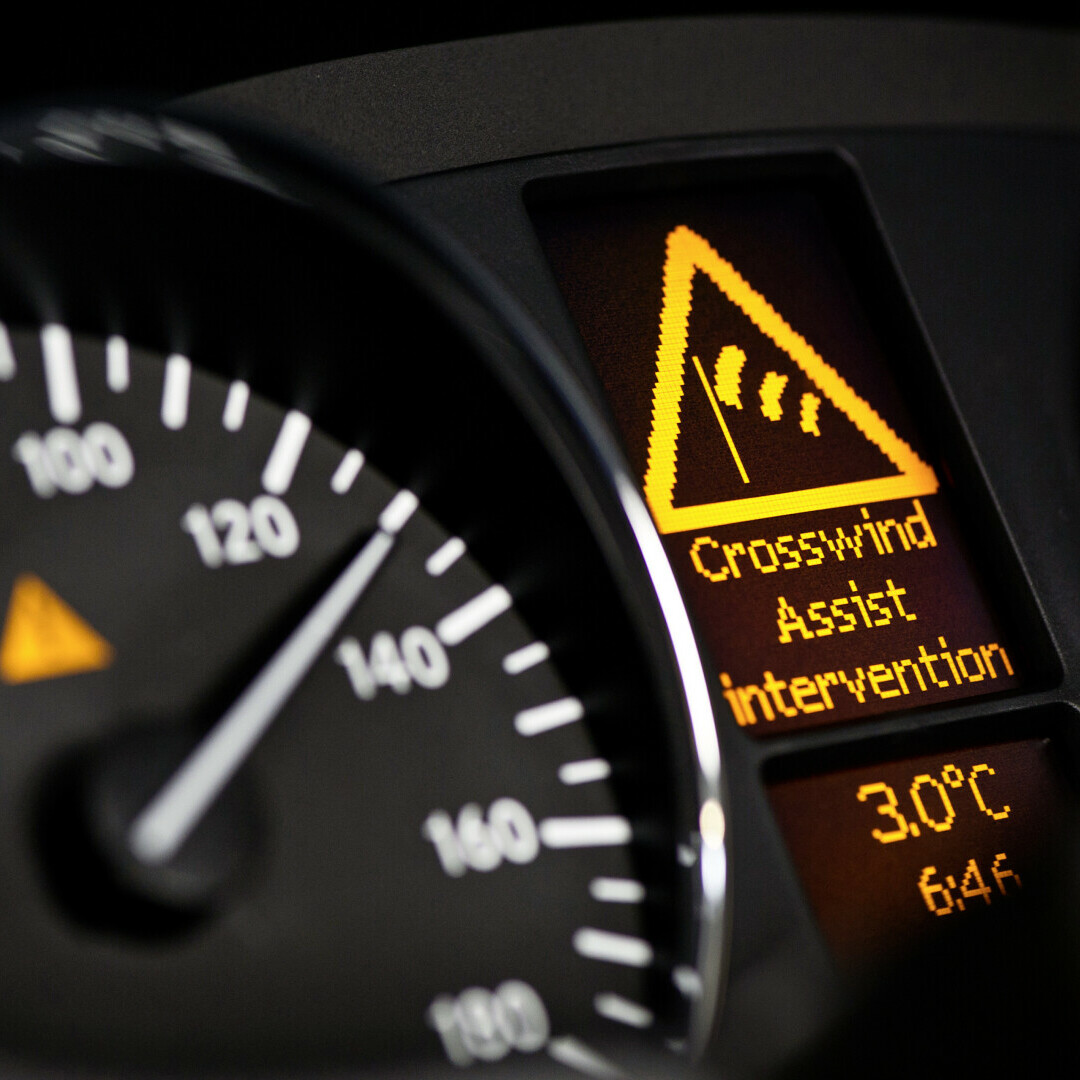Many of the common safety assistance systems in automobiles today celebrated their premiere in Mercedes-Benz vehicles. From the introduction of the airbag to the development of ESP® and the first partially automated solutions, Mercedes-Benz has repeatedly proven to be the industry leader in automobile safety.
Since as early as 1955, Mercedes-Benz Vans began including the results of crash tests as an important consideration when constructing vans. In 1981, Mercedes-Benz introduced the anti-lock braking system ABS and by 1993, the system had been installed across all Mercedes-Benz Vans as a standard equipment feature. In 1995, Mercedes-Benz unveiled the Electronic Stability Program ESP®. Today, it is impossible to imagine the topic of vehicle safety without it.
Looking back on these milestones, it is evident that Mercedes-Benz Vans holds a longstanding tradition of putting safety at the forefront of everything they do. And there’s no slowing this trend in modern times.
In 2013, Mercedes-Benz Vans launched Crosswind Assist in the Sprinter, achieving a first in the global van market. Today, this safety-assistance system is included as a standard safety feature across all Mercedes-Benz Vans currently available in South Africa, including the Sprinter, V-Class and Vito ranges.
What is Crosswind Assist?
Most experienced drivers will recognise the unsettling feeling of suddenly encountering a strong gust of lateral wind whilst driving. Especially as we navigate some of the windiest months of the year in parts of South Africa, it is important to be aware of the effects of crosswinds when driving.
When a strong crosswind hits a vehicle, the invisible force of the wind may cause the vehicle to veer off track. In order to try to offset the impact of the wind, drivers react by turning the steering wheel into the wind, to keep the vehicle moving in a straight line. However, driver reactions are often delayed or over-vigorous, resulting in either understeering or oversteering the vehicle. Therefore, crosswinds make vehicles vulnerable to colliding with other motorists, obstacles and pedestrians. Furthermore, strong winds can affect the handling and braking of the vehicle, making driving in high winds especially challenging.
That is why, Mercedes-Benz has created a class-leading aerodynamic safety system known as Crosswind Assist.
Crosswind Assist utilises an intelligent adaptive electronic stability program, known as ADAPTIVE ESP®. This next-generation program works along with other systems to help keep the vehicle on track when encountering difficult and unexpected road conditions, such as strong lateral winds or slippery tracks. Made up of smart sensors and a microcomputer, ADAPTIVE ESP® monitors whether the direction of the vehicle matches the driver’s steering input. If a mismatch is detected, ADAPTIVE ESP® automatically activates to help “steer” the vehicle back on track.
In the case of a crosswind, the ADAPTIVE ESP® will detect the impact of a strong gust of lateral wind in a timely manner and react by triggering braking interventions on the wheels on the upwind side of the vehicle. Therefore, Crosswind Assist helps to largely minimise and balance out the effect of strong lateral winds on the vehicle, as well as the devastating consequences that this may otherwise cause.
Head of Product and Marketing for Mercedes-Benz Vans SA, Marinus Venter, says, “At Mercedes-Benz Vans, we have devoted years of research and resources to ensure that we deliver the safest and most reliable vehicles possible. Through innovations like Crosswind Assist – as well as other standard safety assistance systems, such as Active Brake Assist and Lane Keeping Assist – we have engineered our vehicles with safety at the forefront of every decision.”
Venter concludes, “Thanks to the innovation and proactive nature of Mercedes-Benz Vans, every journey can now offer you luxury through peace of mind. Whether for business or leisure, you can travel knowing that Mercedes-Benz Vans has gone the extra distance to ensure absolute ease of drive and safety.”
Ends











